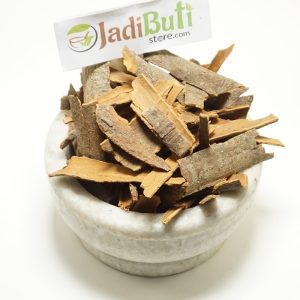C
Showing 13–24 of 47 results
-


Chitrak – चित्रक – White Leadwort – Plumbago zeylanica
₹160.00 – ₹1,250.00Quick ViewChitrak – चित्रक – White Leadwort – Plumbago zeylanica .
Chitrak Name In Different Languages:
Chitrak English Name : Ceylon Leadwort, White Leadwort
Chitrak Hindi Name : Chitra, Chita, Chiti, Chira, Chitta
Chitrak Latin name : Plumbago zeylanica Linn.
Chitrak Urdu Name : Cheetalakdi, Sheetraj
Chitrak Arabic Name : Sheetraagh, Shitraak Hindee, Ghashwa
Chitrak Bengali Name : Chita, Chittu
Chitrak French Name : Dentelair de Ceylon
Chitrak German Name : Bleiwurz, Ceylon-Bleiwurz
Chitrak Gujarati Name : Chitro, Chitra, Pitro
Chitrak Kannada Name : Chitramula, Vahni, Bilichitramoola
Chitrak Kashmiri Name : Chitra, Shatrajna
Chitrak Marathi Name : Chitrak, Chitramul
Chitrak Persian Name : Sheetrah, Shatraj
Chitrak Punjabi Name : Chitra, Chitrak
Chitrak Sanskrit Name : Chitraka, Dahana, Agni, Vahni, Hutabhuk
-
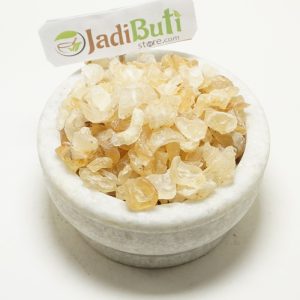

Gond Katira – गोंद कतीरा – Indian Tragacanth – Cochlospermum gossypium
₹90.00 – ₹690.00Quick ViewGond Katira – गोंद कतीरा – Indian Tragacanth – Cochlospermum gossypium.
Katira is a kind of glue that is used to remove various types of diseases.
Gond Katira Name in different languages:
Gond Katira in English Name : Indian or Country Tragacanth
Gond Katira in Hindi Name : Katira Gond, Katira
Gond Katira in Latin name : Cochlospermum gossypium DC.
Gond Katira in Urdu Name : Gond Katira
Gond Katira in Arabic Name : Katheera, Haloosiyaa
Gond Katira in Bengali Name : Katila
Gond Katira in French Name : Gomme Adragante
Gond Katira in German Name : Cochlospermum gossypium-Gummi, Kutira-Gummi
Gond Katira in Kannada Name : Barugadamara
Gond Katira in Persian Name : Koon, Katira
-

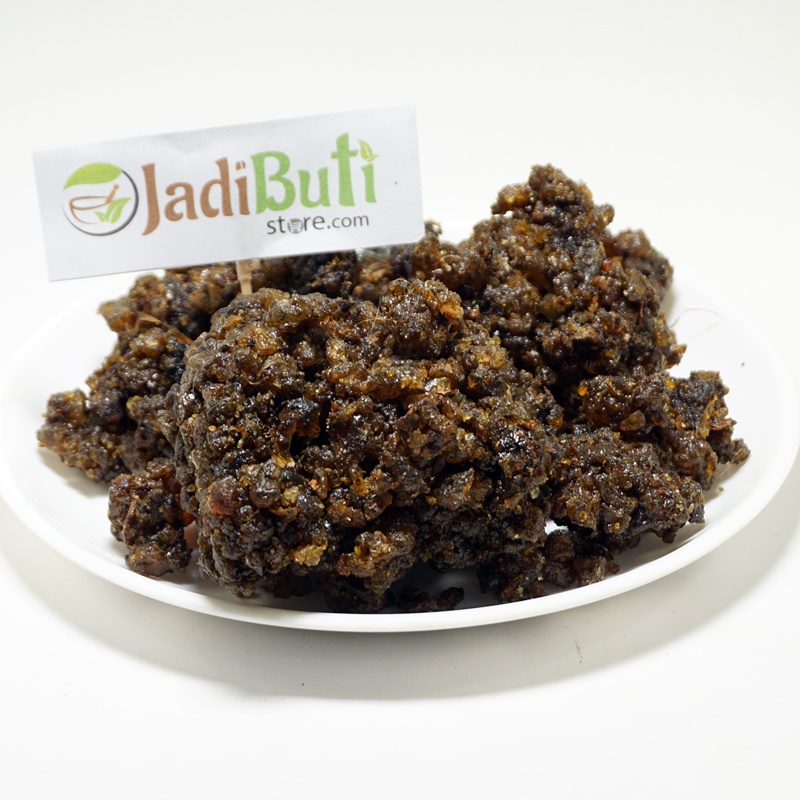
Guggal (pure) – गुग्गल – Gugal – Commiphora
₹350.00 – ₹2,520.00Quick ViewGuggal (pure) – गुग्गल – Gugal – Commiphora.
Guggal Name In Different Languages: –
Guggal English Name : Gum, Gugal, Guggulipid, Mukul Myrrh
Guggal Hindi Name : Gugal, Guggal
Guggal Latin name : Commiphora mukul Hook. ex Stocks
Guggal Urdu Name : Muqil, Guggal
Guggal Arabic Name : Muqul Azraq, Muqul al-yahood
Guggal Bengali Name : Guggul, Mukul
Guggal French Name : Arbre à myrrhe
Guggal German Name : Indische Myrrhe, Guggul-Baum
Guggal Gujarati Name : Guggul, Gugar, Gugal
Guggal Kannada Name : Kanthagana, Guggal, Mahishaksha guggulu, Guggulugida, Guggulu
Guggal Marathi Name : Guggul, Mahishaksh, Guggule
Guggal Persian Name : Bue Jahudan
Guggal Punjabi Name : Guggal
Guggal Sanskrit Name : Guggulu, Devadhoop, Palankas, Kanshikaha
-
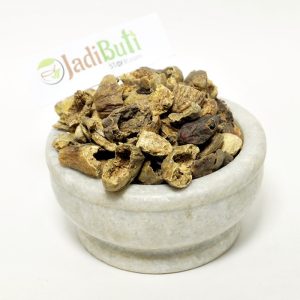

Harad Badi Chilka – हरद बड़ी छिलका – chebulic myrobalan – Terminalia Chebula
₹90.00 – ₹680.00Quick ViewHarad Badi Chilka | yellow Haritaki
Scientific Name : chebulic myrobalan
Ayurvedic classification of Yellow Haritaki
Ayurvedic Classification Description Rasa (taste) Astringent, sweet, sour, and bitter Guna (qualities) Light, dry, and sharp Virya (potency) Heating Vipaka (post-digestive effect) Sweet Dosha effect Balances all three doshas (Vata, Pitta, and Kapha) Karma (actions) Laxative, rejuvenative, astringent, expectorant, antispasmodic, and tonic Dhatu (tissue) affinity Works on all seven tissues (dhatus) of the body, with a particular affinity for the digestive and respiratory tissues Srotas (channel) affinity Works on the digestive, respiratory, and circulatory channels Prabhava (special effect) Promotes longevity and supports overall health and well-being Active compounds and benefits found in yellow haritaki:
Active Compound Benefits Chebulic acid Antioxidant, anti-inflammatory, and anti-cancer properties Gallic acid Anti-inflammatory, anti-cancer, and anti-microbial properties Ellagic acid Antioxidant, anti-inflammatory, and anti-cancer properties Corilagin Anti-inflammatory, anti-cancer, and anti-microbial properties Punicalagin Antioxidant, anti-inflammatory, and anti-cancer properties Tannins Anti-inflammatory, anti-diabetic, and anti-cancer properties Arjungenin Anti-inflammatory and cardioprotective properties Chebulagic acid Anti-inflammatory, anti-cancer, and anti-diabetic properties Quercetin Anti-inflammatory, antioxidant, and immune-boosting properties Kaempferol Anti-inflammatory, antioxidant, and immune-boosting properties -
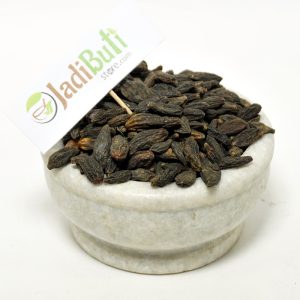
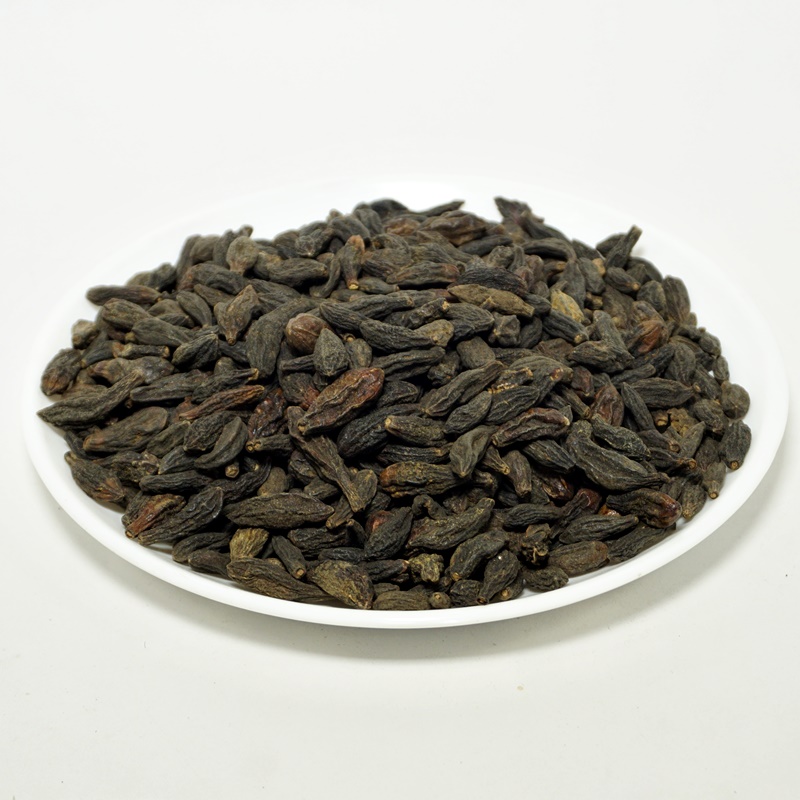
Harad choti (Kali) – Haritaki- हरड छोटी – Chebulic myrobalan
₹140.00 – ₹1,100.00Quick ViewAyurvedic classification of Haritaki (Terminalia chebula):
Ayurvedic Classification Description Rasa (taste) Astringent, sweet, sour, bitter, pungent Guna (qualities) Light, dry, sharp, rough Virya (potency) Heating Vipaka (post-digestive effect) Sweet Dosha effect Balances all three doshas (Vata, Pitta, and Kapha) Karma (actions) Digestive, carminative, laxative, rejuvenative, anti-inflammatory, anti-aging, and expectorant Dhatu (tissue) affinity Works primarily on the digestive, respiratory, and reproductive tissues Srotas (channel) affinity Works primarily on the digestive, respiratory, and reproductive channels Prabhava (special effect) Considered a “Tridoshic Rasayana,” which means it can help to balance all three doshas and promote longevity Active compounds and their benefits found in Haritaki (Terminalia chebula):
Active Compound Benefits Tannins Antioxidant, anti-inflammatory, and anti-cancer properties Chebulic acid Antioxidant and anti-inflammatory properties Gallic acid Antioxidant, anti-inflammatory, and anti-cancer properties Ellagic acid Antioxidant and anti-cancer properties Terchebin Antioxidant and anti-inflammatory properties Arjungenin Anti-inflammatory and anti-cancer properties Harmane Antimicrobial, anti-inflammatory, and neuroprotective properties Luteolin Anti-inflammatory and antioxidant properties -


Indrayan – इन्द्रायण – Bitter Apple – Citrullus Colocynthis
₹80.00 – ₹615.00Quick ViewIndrayan – इन्द्रायण – Bitter Apple – Citrullus Colocynthis.
Indrayan Name In Different Languages:
Indrayan English Name : Bitter Apple, Colocynth, Bitter cucumber, Egusi, Vine of Sodom,Colocynth, Peikkumatti, Hanjal , Paaparbudam
Indrayan Hindi Name : badi indrayan, ghorumba, indarayan
Indrayan Botanical Name : Citrullus colocynthis
Indrayan Urdu Name : hanzal, indyaran, shahme-hinzal
Indrayan Bengali Name : indrayan, panjot, indrabaruni
Indrayan Kannada Name : hamekkae, hara-mekki-kayi
Indrayan Malayalam Name : kattuvellari Marathi Name : kadu-indravani
Indrayan Sanskrit Name : atmaraksha, brihadvaruni, brihatphala
Indrayan Tamil Name : kumatti, pey-komatti
Indrayan Telugu Name : chitti-papara
Indrayan Synonyms Name : Cucumis colocynthis, Colocynthis vulgaris
-

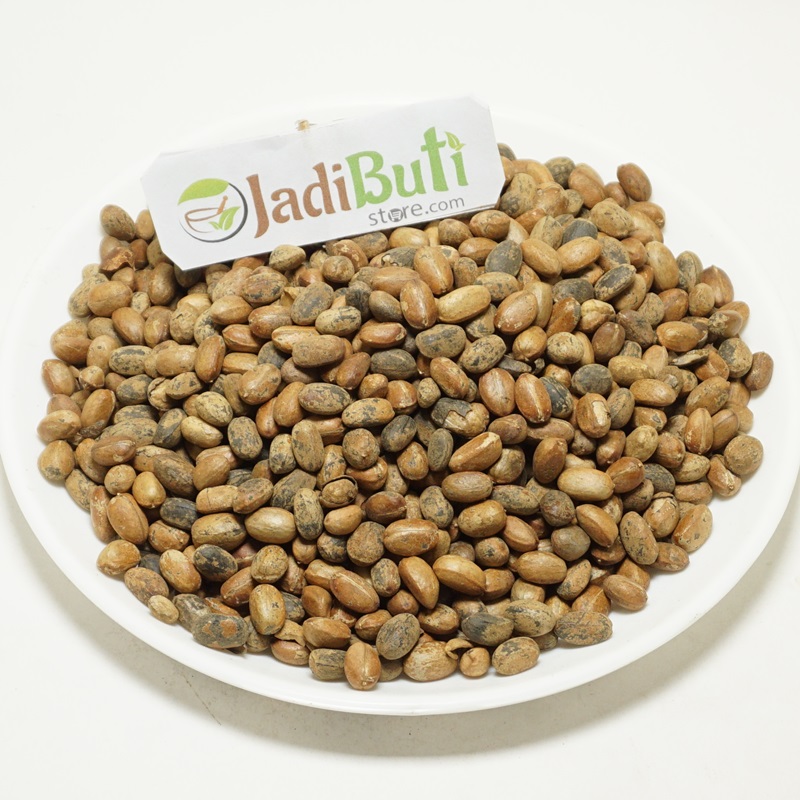
Jamalgota – जमालघोटा – Purging Croton – Croton Tiglium
₹320.00 – ₹1,130.00Quick ViewJamal ghota – जमालघोटा – Purging Croton – Croton Tiglium.
Name in different languages:
Sanskrit Jaipal. Hindi Jamagalpa English Paragraphic Croton flag Jamagalpa Gujarati Nepalese Bengali Jaipal. Latin Croton tiglium. In India, Jamalgota is grown in the gardens of Punjab, Assam, Bengal and South India, they grow automatically too. It is originally born in China. Jamal Gota trees are taller than 4.5 m to 6 m, like evergreen trees. Its leaves range from 2 to 4 inches long and thin, notched, smooth with 3 to 5 veins, which become light yellow on drying. Its flowers are small and white in the flowers. The fruits of Jamal Gota are divided into three parts, rectangular, about one inch in length of white color. Seeds are about half an inch long, elliptical, almond brown, easy to remove the cover. Jamal Gota yields three seeds. Flowers bloom in the month of summer and the fruits take place in the winter months.
-
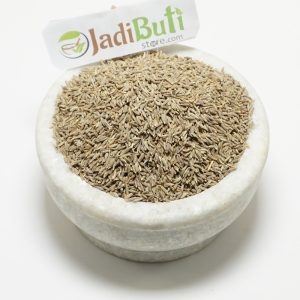

Jeera Safed- सफ़ेद जीरा – Cumin Seeds – Cuminum Cyminum
₹110.00 – ₹875.00Quick ViewJeera, also known as cumin seeds, is a small, elongated, and pale brown spice that is commonly used in cooking in various cuisines around the world, particularly in Indian, Middle Eastern, and Mexican cuisine. It has a warm, earthy, and slightly bitter flavor that adds depth and complexity to dishes. Jeera is a rich source of antioxidants, vitamins, and minerals and has several health benefits, as mentioned Below. Jeera can be used as a whole spice or ground into a powder and can be added to a wide range of dishes, including soups, stews, curries, rice dishes, and salads. It is a versatile spice that can be used to enhance the flavor and nutritional value of many different types of food.
-
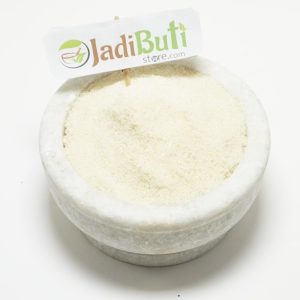

Kachi khand (Organic) – कच्ची खांड – Candy sugar – Desi Khand
₹155.00 – ₹635.00Quick ViewKhandsari sugar, Kachchi Khand is typically brown or golden in color, Cold in Potency and has a granular texture. It is commonly used in Indian cuisine to sweeten desserts and beverages, and is also used in the production of traditional medicines.
In recent years, there has been a growing interest in Khandsari sugar as a healthier alternative to refined sugar. It is believed to be more nutritious and contain more minerals and antioxidants than refined sugar, and it has a lower glycemic index, which means that it does not cause a rapid spike in blood sugar levels.
-
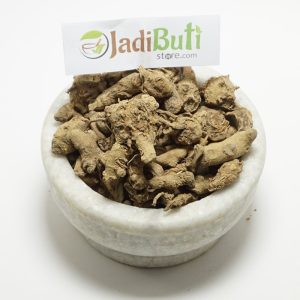
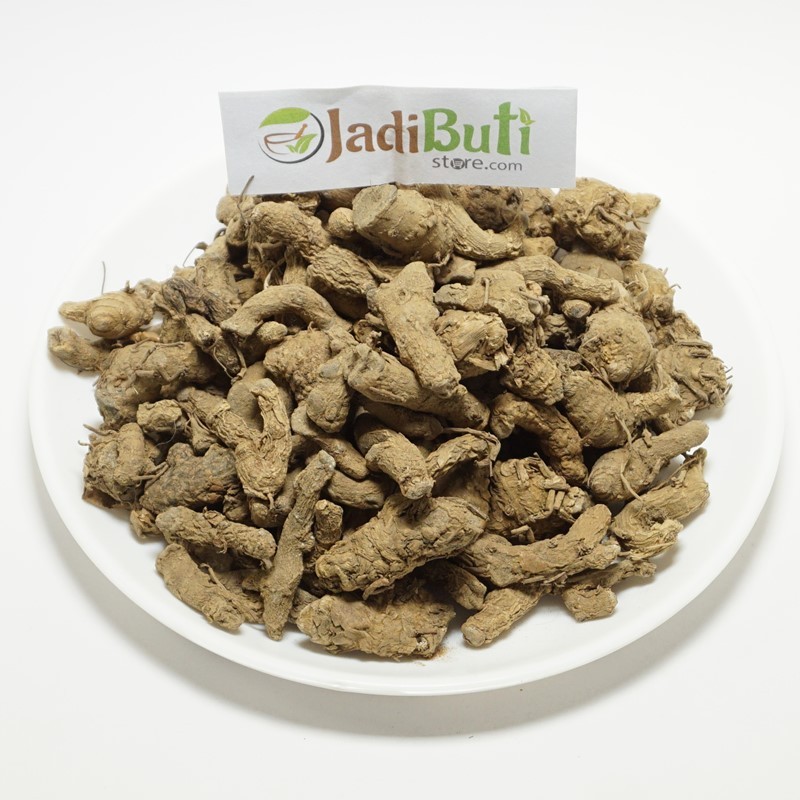
Kali Haldi – काली हल्दी – Long Zedoary – Curcuma caesia
₹140.00 – ₹1,100.00Quick ViewKali Haldi – काली हल्दी – Long Zedoary – Curcuma Zerumbet.
Kali Haldi English Name : Long Zedoary
Kali Haldi Hindi Name : Narkachoor, Kali Haldi
Kali Haldi Latin name : Curcuma zerumbet Roxb.
Kali Haldi Urdu Name : Narkachoor
Kali Haldi Arabic Name : Zarambad
Kali Haldi Chinese Name : E zhu, E shu
Kali Haldi German Name : Zitwer
Kali Haldi Sanskrit Name : Shati, Puthupalashika
Kali Haldi Bengali: Kalihaldi
Kali Haldi Marathi: Kalihaldar
Kali Haldi Sanskrit: Krishna, Sveta
Kali Haldi Kannada: Neel kari
Kali Haldi Telugu: Nalla pasupu
Kali Haldi Tamil: Manjal mullangi
Kali Haldi Malayalam: Kurumulaku
Therapeutic uses
The rhizome of kali haldi has a bitter, sharp, hot taste, and a pleasant odour.It is used as a tonic for the brain and the heart.
Morphological characteristics
Black zedoary is an erect, rhizomatous herb, about 1.0–1.5 m high.The species occurs in moist deciduous forests, mostly in Bengal, North East, and Central India, within the altitudinal range of 200–1000 m.
It grows as ground cover of forest area in subtropical to temperate region. It is a rare species and is mostly under cultivation. -
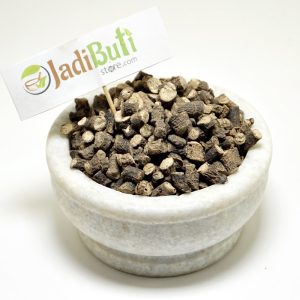

Kali musli – काली मूसली – Black Musale – Curculigo Orchioides
₹150.00 – ₹1,270.00Quick ViewKali musli | Black Musale | Curculigo Orchioides.
Ayurvedic classification of Kali Musli (Curculigo orchioides):
Ayurvedic Classification Description Rasa (taste) Bitter, astringent, and sweet Guna (qualities) Light, dry, sharp, and rough Virya (potency) Heating Vipaka (post-digestive effect) Sweet Dosha effect Pacifies Kapha and Vata doshas Karma (actions) Aphrodisiac, rejuvenating, tonic, diuretic, and digestive Dhatu (tissue) affinity Works primarily on the reproductive and nervous tissues Srotas (channel) affinity Works primarily on the reproductive and urinary channels Prabhava (special effect) Increases desire and performance Active compounds and their benefits found in Kali Musli (Curculigo orchioides):
Active Compound Benefits Curculigoside Aphrodisiac, antioxidant, and anti-inflammatory properties Phenols Antioxidant and anti-inflammatory properties Flavonoids Antioxidant and anti-inflammatory properties Saponins Anti-inflammatory, immune-modulatory, and anti-tumor properties Triterpenoids Anti-inflammatory, anti-diabetic, and anti-tumor properties Alkaloids Antioxidant and neuroprotective properties

